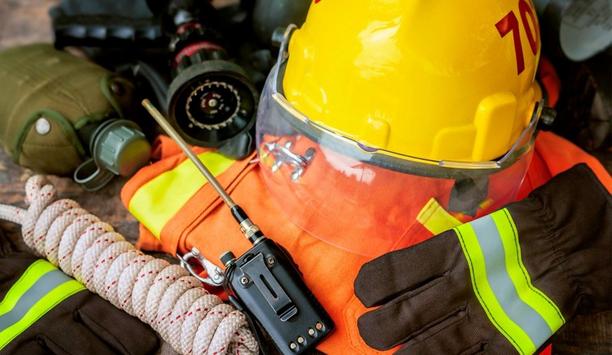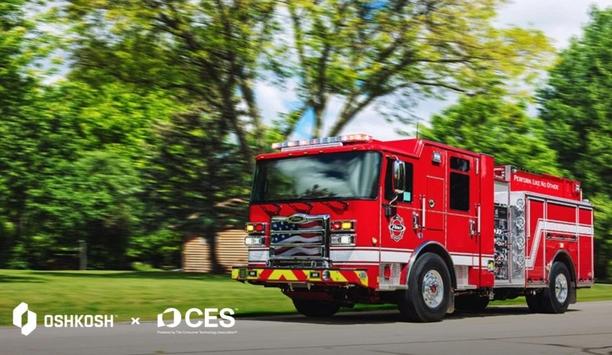 |
| Public alert and warning systems help in overcoming the possiblities of loss of life during disasters and catastrophes |
The new digital message format being adopted by FEMA is the Organization for the Advancement of Structured Information Standards (OASIS) Common Alerting Protocol (CAP) v1.2 Standard.
The Department of Homeland Security's Federal Emergency Management Agency (FEMA) today announced the adoption of a new digital message format for the Integrated Public Alert and Warning System (IPAWS), the nation's next generation emergency alert and warning network. The goal of IPAWS is to expand upon the traditional Emergency Alert System by allowing emergency management officials to reach as many people as possible over as many communications devices as possible, such as radio, television, mobile phones, personal computers and other communications devices. The current Emergency Alert System relies largely on radio and television to communicate to people.
The new digital message format being adopted by FEMA is the Organization for the Advancement of Structured Information Standards (OASIS) Common Alerting Protocol (CAP) v1.2 Standard. This open standard will enable alert messages to be easily composed by emergency management officials for communication with citizens using a much broader set of devices to reach as many people as possible.
"The Integrated Public Alert and Warning System will allow federal, state, territorial, tribal and local officials to get critical and timely information to the public that can protect communities and save lives," said FEMA Administrator Craig Fugate. "People get their news and information from a wider variety of sources today than ever before, and it's important that emergency management officials are able to reach members of the public no matter what medium they may be using. The Common Alerting Protocol gives us the opportunity to send one message over all IPAWS alert systems at the same time."
Integrated Public Alert and Warning System will allow an overall flow of information regarding disasters |
Under Executive Order, FEMA is responsible for establishing the protocols and standards for an integrated emergency alert system that can reach Americans over a variety of media in a timely manner. The Federal Communications Commission is the lead agency responsible for adopting and enforcing the requirements to ensure that communications service providers have the capability to receive and transmit emergency alerts to the public.
Rear Admiral (ret.) James Arden Barnett, Jr., Chief of the Federal Communications Commission's Public Safety and Homeland Security Bureau said, "The adoption of the new CAP standard will ultimately transform America's emergency alert and warning capabilities and better enable Americans to receive these potentially life-saving alerts over television and radio broadcast stations, via the Internet, and on their cell phones. The ability to receive alerts over multiple platforms will dramatically increase the likelihood that Americans are receiving this critical information timely and are better informed to take actions that will help protect themselves and their families during emergencies."
In order to assist officials in evaluating new alert and warning systems, FEMA is conducting an assessment program to ensure products adhere to the IPAWS CAP profile. A list of pre-screened products that meet the profile will be published at the FEMA Responders Knowledge Base, to aide federal, state, territorial, tribal and local officials in purchasing emergency alert products that comply with IPAWS CAP. Vendors can apply for these assessments at NIMSSC.
The three documents defining the FEMA IPAWS technical standards and requirements for CAP and its implementation are: (1) OASIS CAP Standard v1.2; (2) IPAWS Specification to the CAP Standard (CAP v1.2 IPAWS USA Profile v1.0); and, (3) CAP to EAS Implementation Guide. Additional information and documentation on CAP technical standards can be found on the OASIS website. The CAP to EAS Implementation Guide can be found on the website of the EAS-CAP Industry Group.











